Benjamin Franklin was more than one of America’s most beloved Founding Fathers. He was also the first major American inventor. In 1748 at the age of 42, Franklin retired from his career as a printer to turn his attention full time to studying biology and physics, pursuing his curiosities about the world.
Here are just six inventions we can attribute to one of America’s most beloved founding fathers:
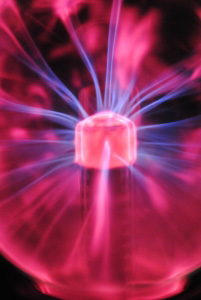
1. The Lightning Rod
Franklin is most famous for his experiments with electricity. Franklin was not the discoverer of electricity but rather he spent time learning about its properties. He was aware of the dangers of electricity and lighting. He used the concept of electric ground to investigate electricity and lighting. This concept led to the invention of the lighting rod. A metal rod was attached to the high point of a building. A metal cable attached to this rod ran down the side of the building and into the ground. When lighting struck the rod, the electricity ran down the cable and into the ground, preventing damage to the building.
2. Bifocals
Franklin was curious about life. This curiosity along with the physical needs of himself and his family led to some of his other inventions. By the age of 40, Franklin needed to wear two different pair of glasses. He had a pair for reading and a pair for nearsightedness. Always switching between the pairs was a hassle. To save himself the trouble, Franklin cut the lens of both glasses in half horizontally. He attached the top of his nearsighted glasses to the bottom of his reading glasses. These were the first pair of bifocal glasses. Continue reading “Famous Inventors: Benjamin Franklin” →


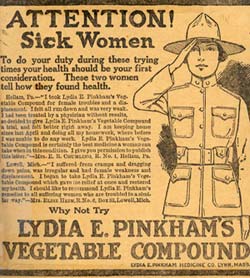 Patent Medicine is a term used to refer to concoctions popular in the 18th and 19th century which were advertised to cure almost every disease. Patent Medicine is actually an incorrect name though. Most of these products were trademarked but never patented. The process of patenting a product requires full disclosure of a medicine’s ingredients. Most manufacturers did not want to reveal the toxic or questionable ingredients of their so-called cures.
Patent Medicine is a term used to refer to concoctions popular in the 18th and 19th century which were advertised to cure almost every disease. Patent Medicine is actually an incorrect name though. Most of these products were trademarked but never patented. The process of patenting a product requires full disclosure of a medicine’s ingredients. Most manufacturers did not want to reveal the toxic or questionable ingredients of their so-called cures.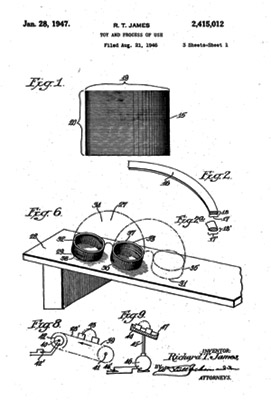 In 1943, Richard James, a naval engineer stationed at the shipyard in Philadelphia, was working on an anti-vibration device for ship instruments. Part of the device involved high-tension springs. Richard accidentally knocked one of the springs off of a shelf. He watched as the spring kept moving, walking and flip-flopping after it hit the ground. The idea for a new toy was born.
In 1943, Richard James, a naval engineer stationed at the shipyard in Philadelphia, was working on an anti-vibration device for ship instruments. Part of the device involved high-tension springs. Richard accidentally knocked one of the springs off of a shelf. He watched as the spring kept moving, walking and flip-flopping after it hit the ground. The idea for a new toy was born.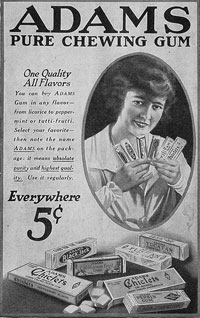 Thomas Adams, a photographer, glassmaker and hopeful inventor had an infamous Mexican exile as a houseguest at his home in Staten Island, New York. Mexican General Santa Anna was staying with him. Santa Anna introduced Adams to chicle which is made from the sap of the sapodilla tree. The general was hoping to sell the chicle to Americans to use as an additive to natural rubber to reduce its cost. Natural rubber was very expensive and finding a way to reduce the cost would be very profitable.
Thomas Adams, a photographer, glassmaker and hopeful inventor had an infamous Mexican exile as a houseguest at his home in Staten Island, New York. Mexican General Santa Anna was staying with him. Santa Anna introduced Adams to chicle which is made from the sap of the sapodilla tree. The general was hoping to sell the chicle to Americans to use as an additive to natural rubber to reduce its cost. Natural rubber was very expensive and finding a way to reduce the cost would be very profitable.
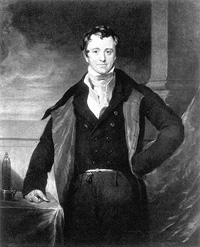 Nitrous Oxide as an Anesthetic
Nitrous Oxide as an Anesthetic